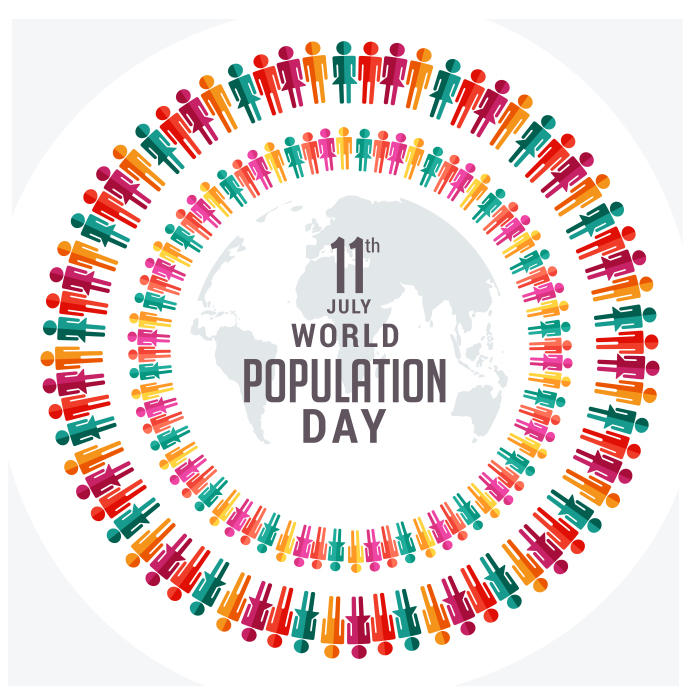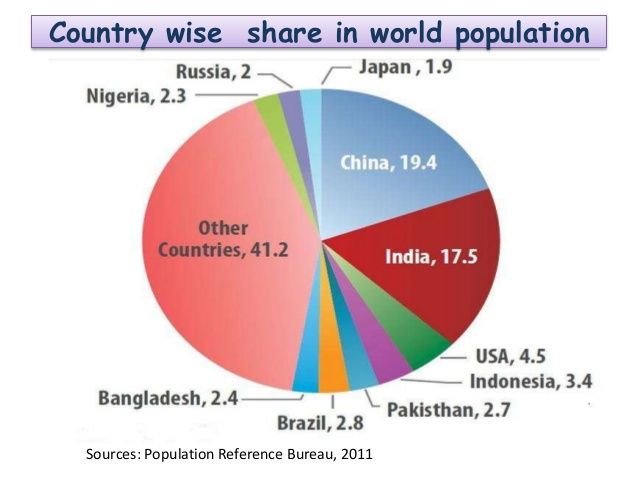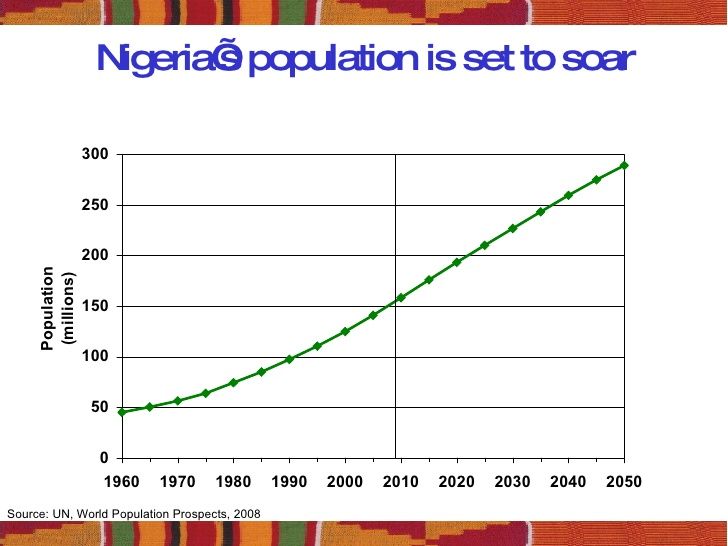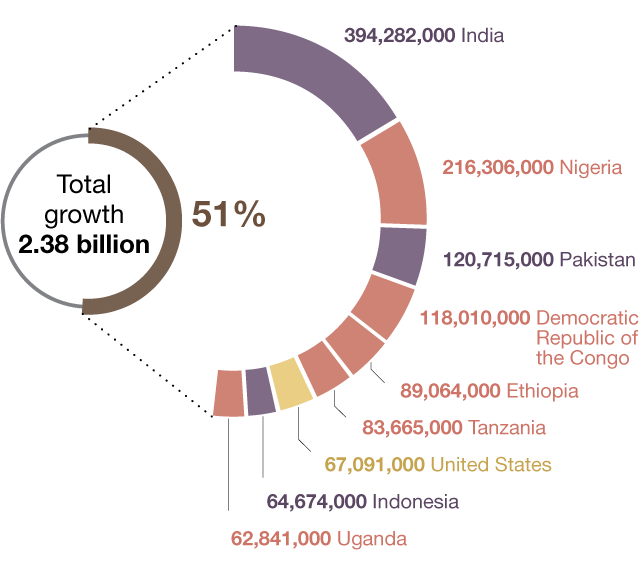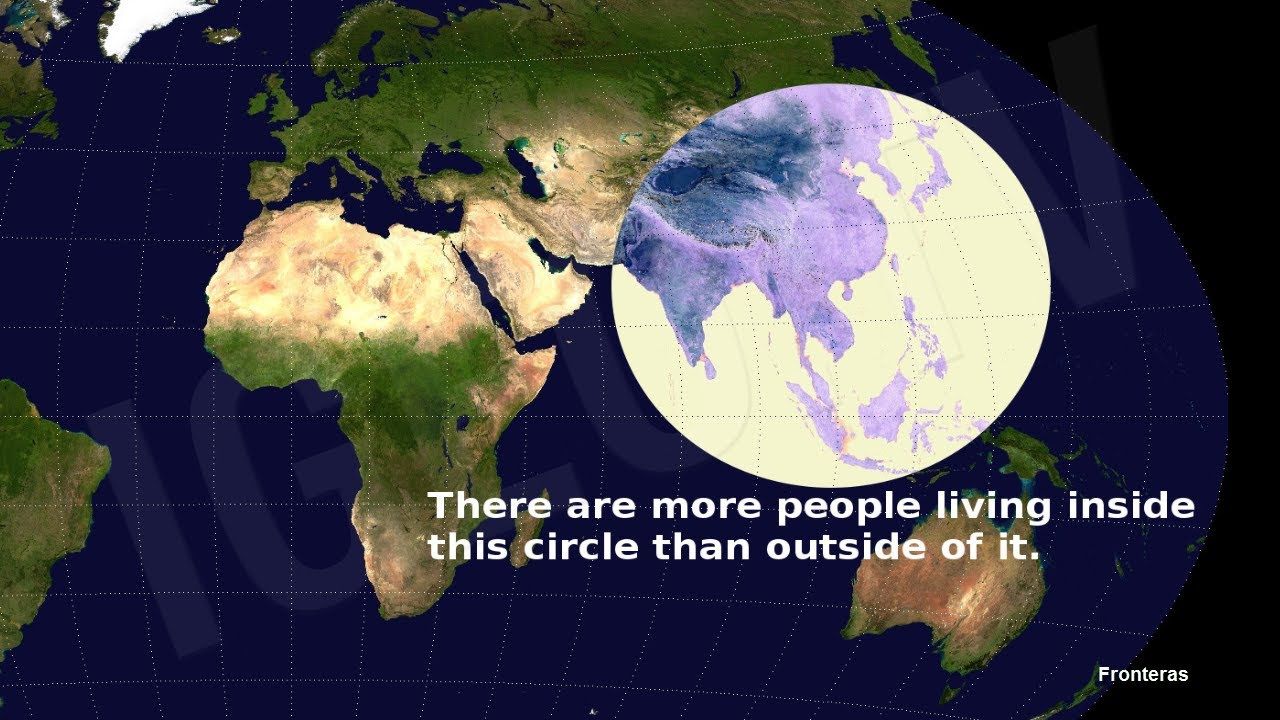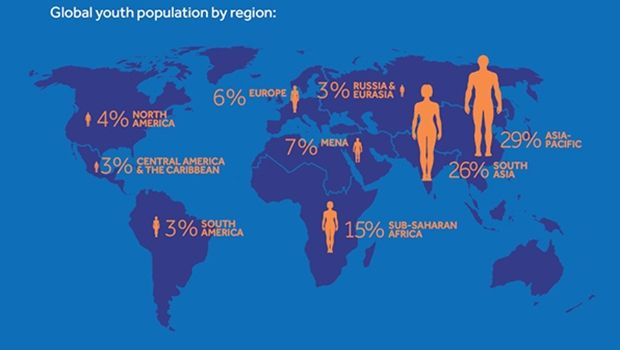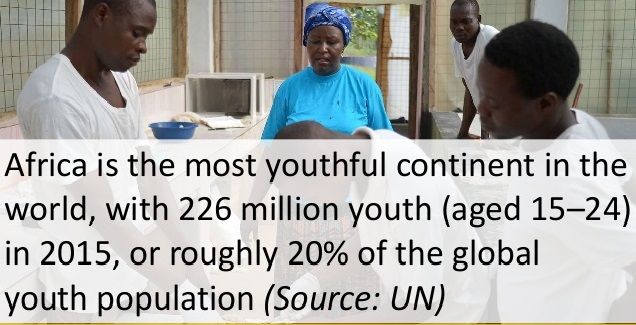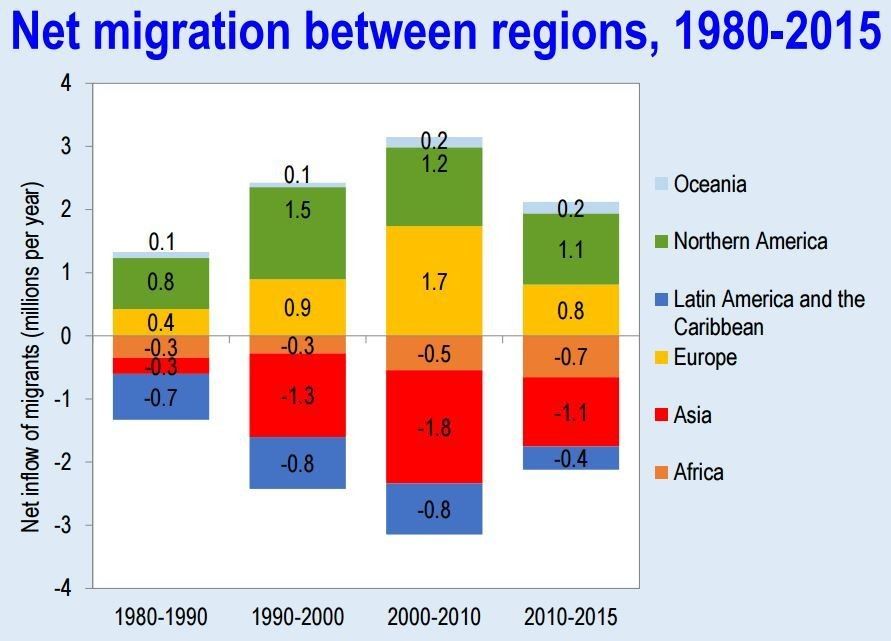11th July is celebrated as World Population Day every year to raise awareness about global population challenges. The Governing Council of the United Nations Development Programme enunciated this event in 1989. It was motivated by the public interest in Five Billion Day on July 11, 1987 – the approximate date on which the world’s population reached five billion people. Currently, the world is bustling with a population of 7.6 billion people which would touch 10 billion by 2050. The trend of growth of this staggering number was never a consistent one. The world population increased above 1.8% between 1955 and 1975 and between 1965 and 1970, it was 2.08%. But between 2010 and 2015, it has declined to 1.18%. In 2018, the median age of the current world population is somewhere around 30.4 years.
There is unevenness in this trend of world population growth. Some countries are facing a positive growth while in some negative growth (Mortality Rate is higher than Birth Rate) is registered. Each of these situations has their own pros and cons. Those with higher birth rate has to think how they can provide a proper socio-economic infrastructure for the rising population. Those countries with negative population growth have to rethink ways to support their aging population.
There are many more interesting facts around the world regarding population. Let’s learn some interesting facts about the World Population:
India and China both belong to Asia continent and are the most densely populated countries of the world. Together they hold 36% of the total world population in a meager 8.7% of land area (2.4% – India, and 6.3 % – China).
Nigeria – a West African country is currently the fastest developing nation in terms of population. Presently, Nigeria is at number 7 on the list of most populous countries. But by 2050, it would surpass the United States of America.
The Fertility Rate has reduced all over the world but it also presents a wide disparity. The World Average Fertility Rate is 2.5 per woman. But in Europe, it is 1.6 per woman while in Africa it is 4.7 per woman.
One of the most fascinating facts of the World Population rate is that half of the World Population Growth in the coming age would take place in 9 countries. The studies and research suggest that from 2017 – 2050, the countries that would contribute maximum to the world population growth are – India, Nigeria, Pakistan, Uganda, the United States of America, Indonesia, the Democratic Republic of Congo, Ethiopia, and the United Republic of Tanzania. Notice properly and you would learn that the population of Africa would simply double by 2050.
Europe is already facing a decline in its population growth. When the Fertility Rate debilities to less than 2.1 per woman, the situation is beyond replacement. Actually, Europe is in the final stages (4 and 5) of development where a country reaches low birth and death rate and the population remains economically rich leading to less population growth.
One of the most surprising facts of World Population is that 46% or almost half of the world population lived in 83 countries where the fertility level was below the threshold of 2.1.
In the year 1950, the number of younger population was more than the aged ones. But in 2017, the ratio has changed. By 2050, the numbers will even out.
The Life Expectancy Rate has improved tremendously due to advanced medicinal facilities and a better standard of living. Between 2010 and 2015, the Life Expectancy increased from 67 to 71 Years. This rate would rise to 77 years between 2045 and 2050, and by 2095-2100 it would be 83 years.
In Africa, 60% of the population is young, i.e., under the age of 25 years while only 5% is old, i.e., 60 years and above. The picture is hugely different in Europe where the population under 25 years is only a quarter of their population.
The Net Migration rate all across the world is on a decline. The LDC’s (Less Developed Countries) were migrating at a higher rate to the HDC’s (Highly Developed Countries) in search of better education, profession, and standard of living. The data reveals that between 1950 and 2015, more people from Asia, Africa, Latin America, and the Caribbean’s migrated to Europe, Northern America, and Oceania. The peak time was 2005-2010 when the number of people migrating between major regions of the world was 4.5 million. But in between 2010 and 2015, this number slowed down to 3.2 million.
There is a disparity in the spread of the population all across the world. Some countries are facing a high rise in population without any sound infrastructure. Some countries (majorly the third world economies) are still facing burning challenges due to rising population like poverty and unemployment. While some other countries are facing a negative growth rate. In this current scenario, this year’s theme, i.e., Family Planning is Human Right seems to be truly relevant. Each and every country must take up their population issues and solve it with a sanguine and robust family planning scheme.
You Might Also Like:

